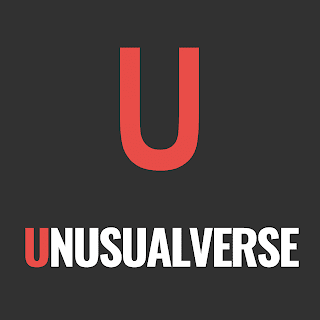Gallaudet University is the world's only university of and for Deaf people. Located in Washington, USA, it has its origins in the mid-19th century as a boarding school and has evolved into today's University. With some 300 faculty members and around two thousand students annually, most of whom are Deaf, the University is a hotbed of research, revision of old ideas and generation of new ideas.
In 2009, the university started a campus redesign plan to renovate its spaces and adapt them to an inclusive and integrative perspective. Some spaces were to be reconverted and new buildings were to be constructed, but all from a sustainable perspective and respectful of the historic architecture of the campus.
The Deaf architects started working to have their new campus ready by 2022 (perhaps with some delay due to the pandemic) and generated a lot of new ideas. The famous architecture blog Curbed said that Gallaudet University was redefining space.

|
|
Chapel Hall, one of Gallaudet University's landmark buildings (photo: CC BY-ND 2.0, by Mr.TinDC via Flickr) |
This project was led by the Deaf architect Hansel Bauman, who has defined the guidelines for the new architecture he has called DeafSpace and has published numerous scientific articles on the subject. DeafSpace is defined as follows:
DeafSpace is an architectural paradigm rooted in socio-linguistic understandings of Deafness and the cultural identity of the Deaf community. It challenges Universal Design technocratic emphasis on minimising impairment and asserts design which is rooted in a more qualitative understanding of individuals’ relationship with their environmentDeafSpace aims to deepen the relationship that Deaf people have with their environment by taking into account Sign Language communication and their visual experience of the environment, e.g. when two Deaf people are walking while conversing in Sign Language. In the following video by Deaf researcher Robert Sirvage it can be better understood (optional subtitles in English and Spanish):
The Principles of DeafSpace Architecture
Observation and research was central to the redesign of the university. For example, for the redesign of the laboratories, GoPro cameras were used to take the faculty's point of view and observe how they interacted with the space and the students

|
| Hall of the new building Sorenson Language and Communication Center |
The University's team of architects identified more than 150 guidelines for the DeafSpace design around five main ideas in the relationship of Deaf people to their environment, which are:

|
| DeafSpace concepts. From left to right: sensory reach, space and proximity, mobility and proximity, light and color, and acoustics (pictures © Dangermond Keane Architecture) |
The architecture of Gallaudet University is fascinating, brings new ideas to the paradigm of Universal Design and is definitely an interesting contribution of deaf people to architecture in general.
Sources:
- Byrd, T. (2007). Deaf Space. Gallaudet Today: the Magazine, Spring 2007.
- Ceraso, S. (2011, April 25). "I Listen with My Eyes": Deaf Architecture and Rhetorical Space. In HASTAC. Retrieved from https://www.hastac.org/blogs/stephceraso/2011/04/25/i-listen-my-eyes-deaf-architecture-and-rhetorical-space
- Davis, M. (2019, September 12). The Rise of Deaf Architecture. In The Washington Post Magazine. Retrieved from https://www.washingtonpost.com/news/magazine/wp/2019/09/12/feature/the-rise-of-deaf-architecture/
- Depillis, L. (2011, January 24). DeafSpace: The Hearing Impaired Get a Place of Their Own. In Washington City Paper. Retrieved from http://www.washingtoncitypaper.com/news/housing-complex/blog/13121540/deafspace-the-hearing-impaired-get-a-place-of-their-own
- Edwards, C., & Harold, G. (2014). DeafSpace and the principles of universal design. Disability and rehabilitation, 36(16), 1350-1359.
- Gallaudet University (2016). DeafSpace. Retrieved from https://www.gallaudet.edu/campus-design-and-planning/deafspace
- Kolson Hurley, A. (2016, March 2). How Gallaudet University’s Architects Are Redefining Deaf Space. In Curbed. Retrieved from http://www.curbed.com/2016/3/2/11140210/gallaudet-deafspace-washington-dc
- Kolson Hurley, A. (2016, January 13). "Gallaudet University’s Brilliant, Surprising Architecture for the Deaf". In Washingtonian. Retrieved from https://www.washingtonian.com/2016/01/13/gallaudet-universitys-brilliant-surprising-architecture-for-the-deaf/
- Russell, E. (2019, February 15). ‘DeafSpace’ design principles take shape in the D.C. area. In Curbed. Retrieved from: https://dc.curbed.com/2019/2/15/18226299/jbg-smith-gallaudet-deafspace-design-architecture












